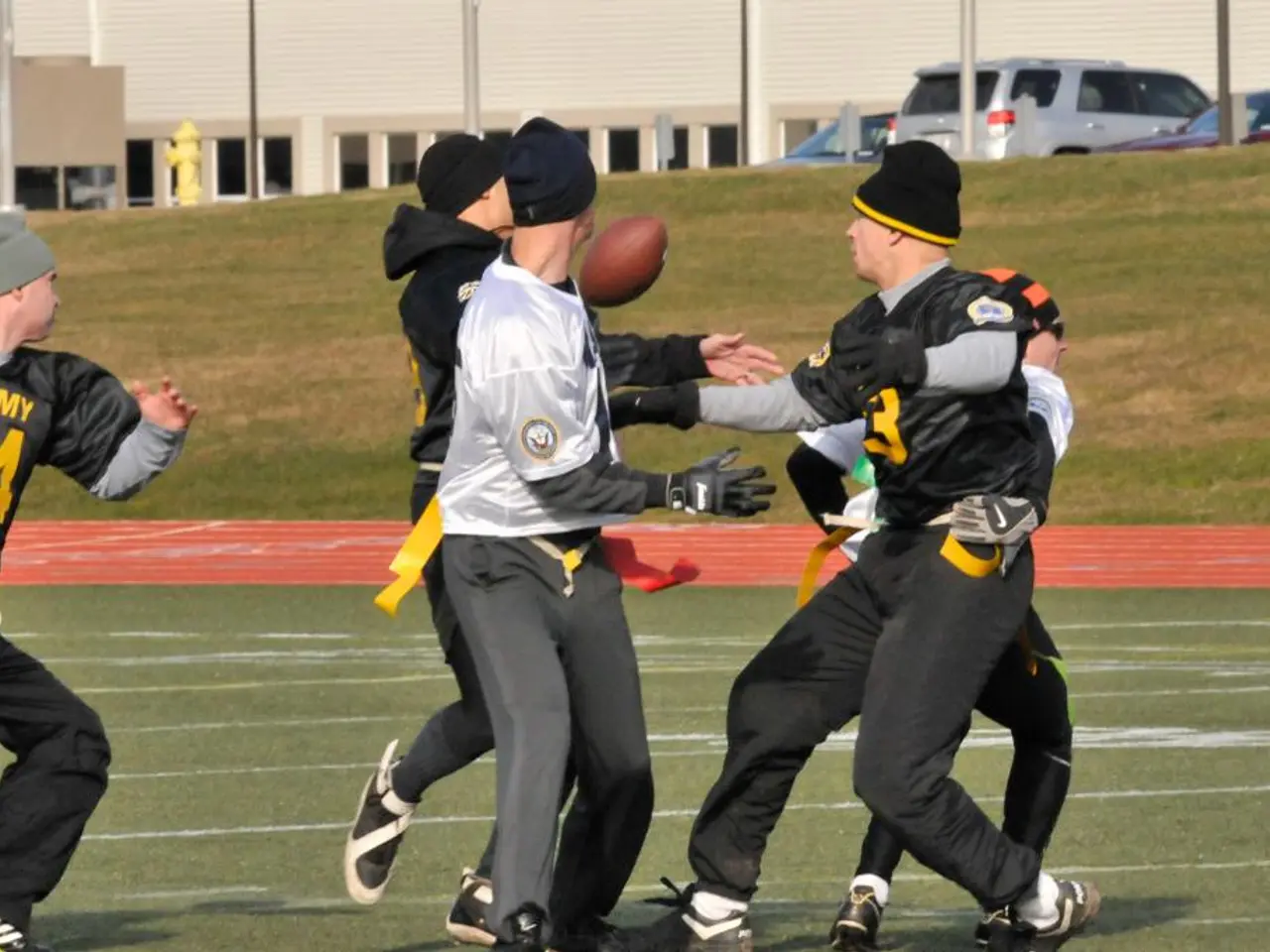Military and Civilian Communications: Coding, Signals, and Endurance
The US military has developed a distinct lexicon to enhance internal communication, efficiency, and operational security across diverse branches and missions. This unique language includes standardized terminology, acronyms, and specialized code words, such as the Navajo Code Talkers' hybrid terms in WWII, crafted to prevent enemy interception and enable secure, rapid message transmission.
This military-specific language has both positive and challenging effects on civil-military relations. On the one hand, it promotes mutual understanding among military personnel, enhancing operational effectiveness. On the other hand, it can create a linguistic gap between military and civilian populations, making military concepts less accessible or comprehensible to the public and policymakers, potentially fostering misunderstanding or civilian distrust.
The use of specialized jargon reinforces a distinct military identity and culture, unifying service members while isolating them culturally from civilians. This can shape civil-military relations by emphasizing the separation between the military "in-group" and civilian "out-group." However, the use of coded language, especially in combat or sensitive contexts, protects critical information from adversaries, safeguarding national security interests.
Despite efforts to standardize the military's unique lexicon, such as the DoD Dictionary of Military and Associated Terms, the challenge of understanding and translating this specialized terminology can hinder civilian oversight, media communication, and collaboration with civilian agencies. This can impact democratic accountability and mutual understanding.
Moreover, the use of technical language can create a false perception of expertise, and buzzwords or introduced jargon are not always used because individuals believe in the explanatory value of the terms. Rather, organizations may display the buzzword to show deference to leadership and avoid decreased funding or support.
The US military's unique language is not unique to the United States; it can be found in various forms throughout history and across the globe. However, the military's deep technical knowledge creates an information asymmetry that can complicate civilian control and oversight. This asymmetry is further exacerbated by the abstractness in national strategy, which creates space for organizations to place their efforts under the umbrella of different strategic priorities.
In recent years, terms like "integrated deterrence" and "joint lethality in contested environments" have been introduced, calling for department restructuring if current designs hinder substantial increases in lethality. These terms cascade down the hierarchy of strategic documents, including the 2022 National Defense Strategy and other strategic messaging. However, the reverse is true for the joint community's codified jargon, which has grown significantly since 1948, increasing 700% by the early 2000s.
The Hawaii National Guard, for instance, had to justify how one of its core activities supported a critical strategic priority due to the existential threat of restructuring or cancelation. The Army has had some success in shrinking doctrinal terminology, but the reverse is true for the joint community.
In conclusion, the US military's unique lexicon, while essential for secure and efficient communication, presents challenges for civil-military relations. Efforts to bridge this gap, such as standardized glossaries and clearer communication strategies, are crucial for maintaining democratic accountability and mutual understanding.
- In order to bridge the linguistic gap between military and civilian populations, it's important to develop clearer communication strategies that explain military concepts more accessibly.
- The United States' military lingo is not exclusive to the country; similar specialized jargon can be found throughout history and around the world.
- National strategy's abstractness creates space for organizations to place their efforts under various strategic priorities, further complicating civilian control and oversight due to the military's deep technical knowledge.
- Strategic documents, such as the 2022 National Defense Strategy, include terms like "integrated deterrence" and "joint lethality in contested environments," which call for department restructuring if current designs hinder substantial increases in lethality.
- Understanding and translating the military's unique lexicon can hinder civilian oversight, media communication, and collaboration with civilian agencies, impacting democratic accountability and mutual understanding.







